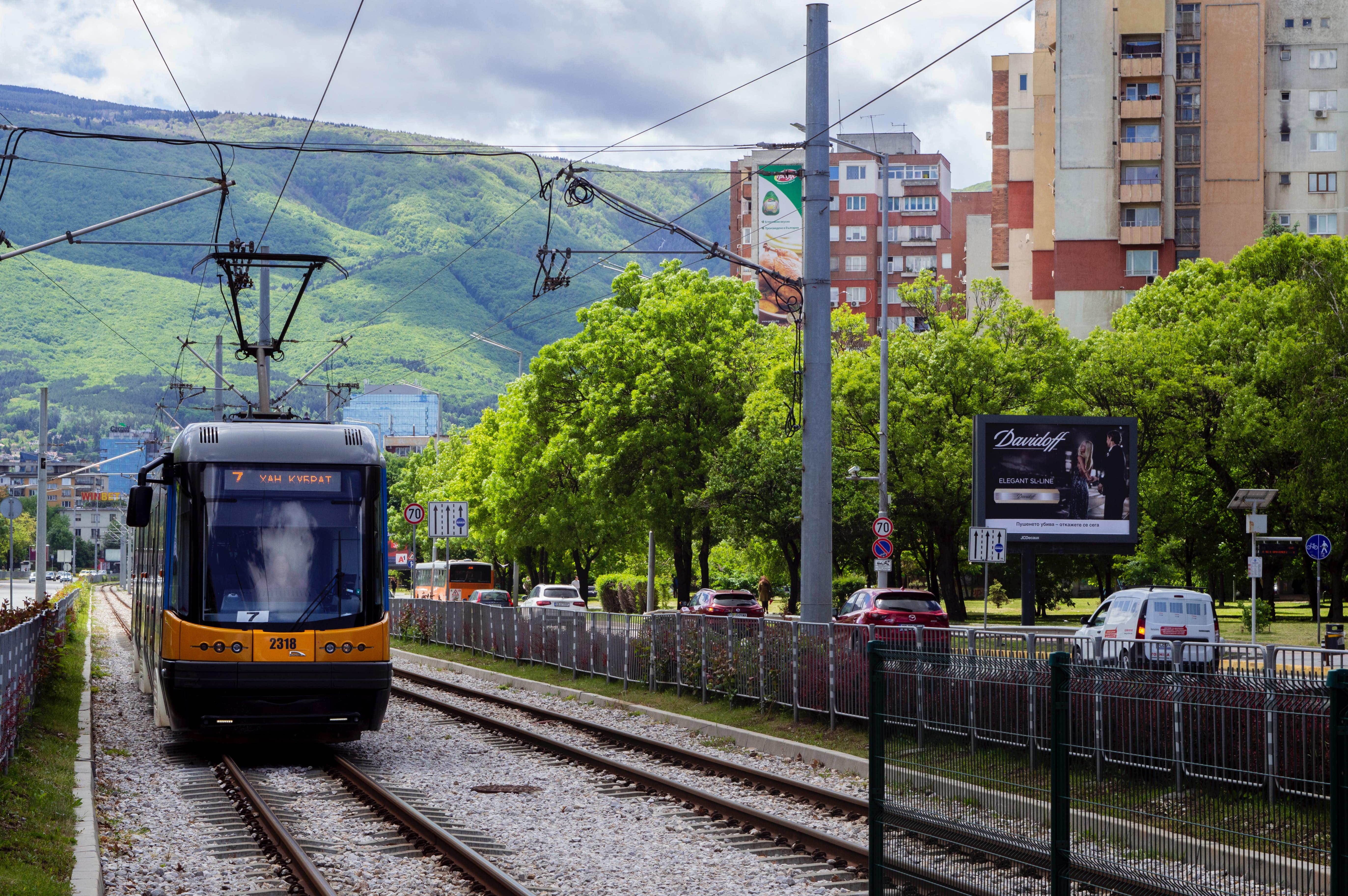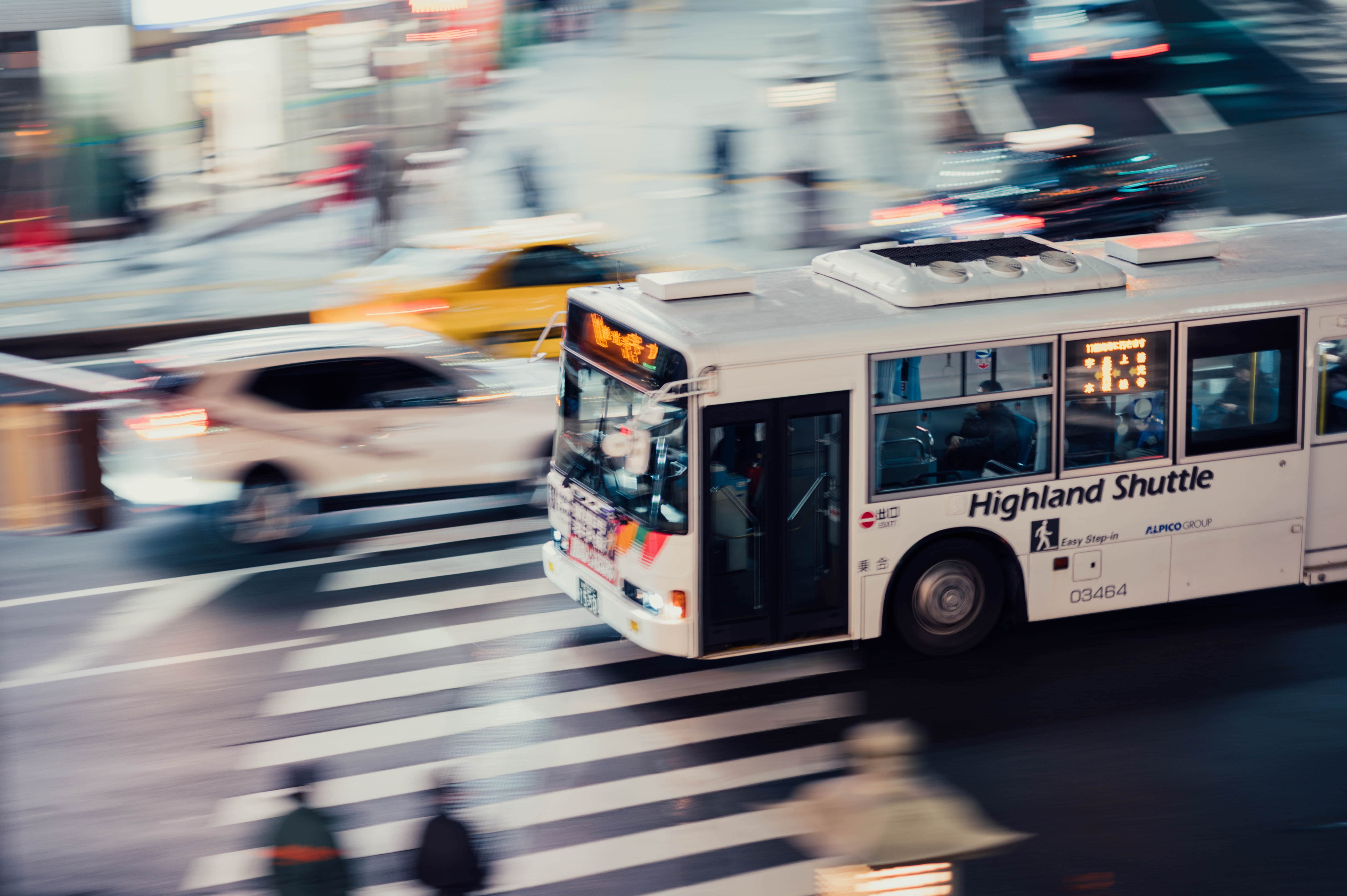We live in an age where there is no short supply of transit options. Thanks to technology, we’ve expanded beyond the traditional transport modes and now have an array of intuitive and dynamic models at our disposal. The challenge simply lies in navigating which one is best to suit our daily transport needs.
To make that task a little bit easier for you, I thought I’d lend a hand. Here’s a breakdown of the different transit options available to you and how each one can impact how you travel.
COMMON TRANSPORT MODES
Let’s go back to basics. The traditional modes of transport, such as bus, rail and waterways, have served us well for many years and still have standing where Public Transit is progressing. Before we delve into that, let’s look at some pros and cons within their current models.

Single-occupancy vehicles
The dominant transport mode has, for many years, been by private car. And according to the United States Department of Transportation, 91% of households in the US had at least one personal vehicle as recorded in 2018.
There is a lot to be said about the comfort of your own vehicle. No cramped transit, or making idle chit-chat with complete strangers. Just you and the open road, accompanied by your favourite tunes. All this being said, private car ownership also has its downsides. Cars cost a lot to run! According to the US Consumer Expenditure Survey, in 2019, the average household spent $10,742 on transportation, with only $781 of this attributed to Public Transport. When you tack on expenses, such as parking, on top of general maintenance, you can see where a lot of your income is going. Plus, with a growing society, more cars on the road also equals an increase in harmful carbon emissions, further damaging our environment.
Vanpooling
You may be more familiar with vanpooling’s informal counterpart, carpooling, but it’s essentially the same thing. Where carpooling is usually arranged among co-workers, vanpooling is slightly larger scale, with several passengers sharing a vehicle and splitting the costs of the lease, maintenance and insurance.
It’s a great way to reduce travel expenses, free up parking spaces at workplaces and minimise your carbon footprint. The only downside would be if you’ve had a particularly heated meeting with a co-worker and have to travel with them on the ride home—but just think of the money you’re saving!
Bus
Perhaps one of the most traditional transit modes when you think of Public Transport, buses have been a cost-effective and efficient means of carrying multiple passengers at a time to a number of destinations. Based on a fixed-route model, buses allow you to plan your trip by checking the vehicle’s schedule and waiting at a designated bus stop to be onboarded.
While this form of transport seems simple enough, and has a number of benefits when it comes to cost and reducing carbon emissions, it does have its downsides. As they currently stand, Buses rely on a fixed-route model, which means that you have to travel to each stop before reaching your destination. This is inefficient for small or empty busloads and uses a lot more energy per passenger than necessary. Buses can also have the opposite problem of being overcrowded, making your commute particularly uncomfortable.
Waterways
Ferries and water taxis play an important role in connecting commuters to essential services and employment across large waterways. This opens up resources to the community that extend beyond their locale.
According to the United States Department of Transportation, ferries transported 131.6 million passengers in 2019. It was found that the majority of passengers were commuters. Still, this form of Public Transport was also used by emergency and lifeline services or for recreation, National Park access and roadway connections.
While transit by waterway does benefit the average commuter in terms of access, it also has a damaging effect on the environment, causing ecosystem disruption and, in some cases, polluting the water.
Rail
Trains have long standing in Public Transit and are recognised as an efficient way of moving large numbers of passengers in and out of densely populated urban environments. They are reliable on-the-ground transport but can be limited in terms of flexibility. If you miss your train, you have to wait for the next one, which varies in terms of wait time.
The traditional modes of transport are: single-occupancy vehicles, vanpooling, bus, waterways and rail. With recent advancements in technology, we have changed the way we can engage with transport, delivering new transit systems that complement existing models. Our new and future transit systems will be dynamic and on-demand.
TRANSIT SYSTEMS
Advancements in technology have changed the way we can engage with transport, delivering new transit systems that complement existing models and offer us a more seamless travel experience. Read on to find out more about the models that now exist within our current transit landscape.

Fixed-route transport
Fixed-route transport is the foundation of many of the traditional modes of Public Transport, including bus, rail and waterway. This model operates on a determined journey without deviations to the trip. It is beneficial in terms of its reliability in sticking to a predetermined schedule, but lacks in adaptability and efficiency. Passengers often have to travel to multiple stops before meeting their destination.
Flex-route or deviated fixed route
Flex-route is almost a hybrid of fixed-route and dynamic transport systems. While its basis is a fixed journey, there are a few off-route deviations you can make to either connect to or leave a central line. This allows for more flexibility in your journey and is a great solution to the first mile/last mile problem.
Dynamic Demand Responsive or Demand Response Transport
Demand-Responsive Transport goes by many names and variations, but its dynamic nature underpins this whole system. Passengers can book their journey through an App, and through advanced algorithms, the trip adapts to recalculate the best possible course for all commuters. This model is used for many services, including Non-Emergency Medical Transport (NEMT), Dial-a-Ride or paratransit and Transit Agencies worldwide, incorporating this into their Public Transport offerings.
The way we utilise Public Transit is changing. We see an increasing combination of fixed and dynamic modes used within our public transit networks. This provides passengers with more options, and fleet operators with a more sustainable and efficient way of servicing their communities. And with more left to uncover, it’s exciting to see just where Public Transit can take us.

%20(1).jpg)
